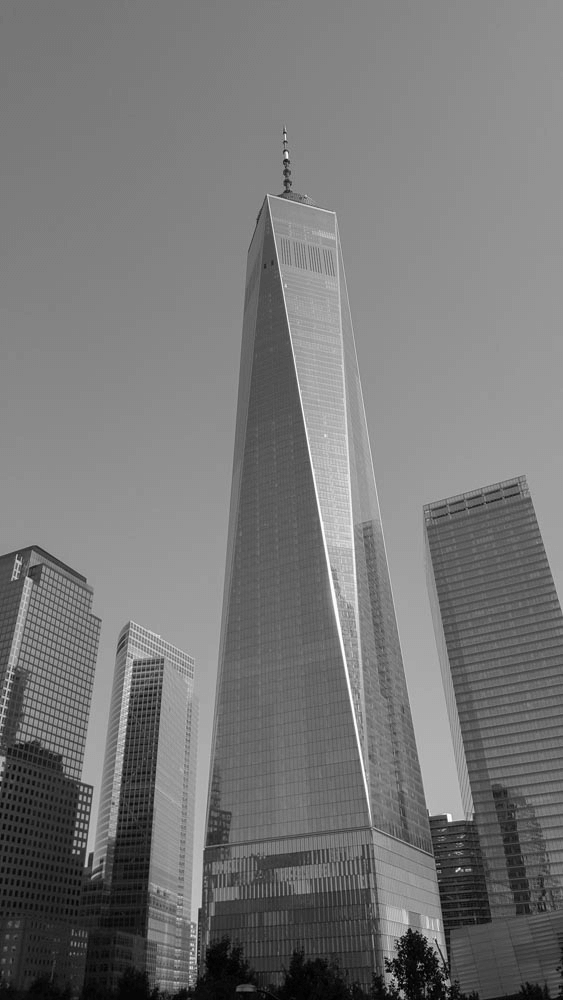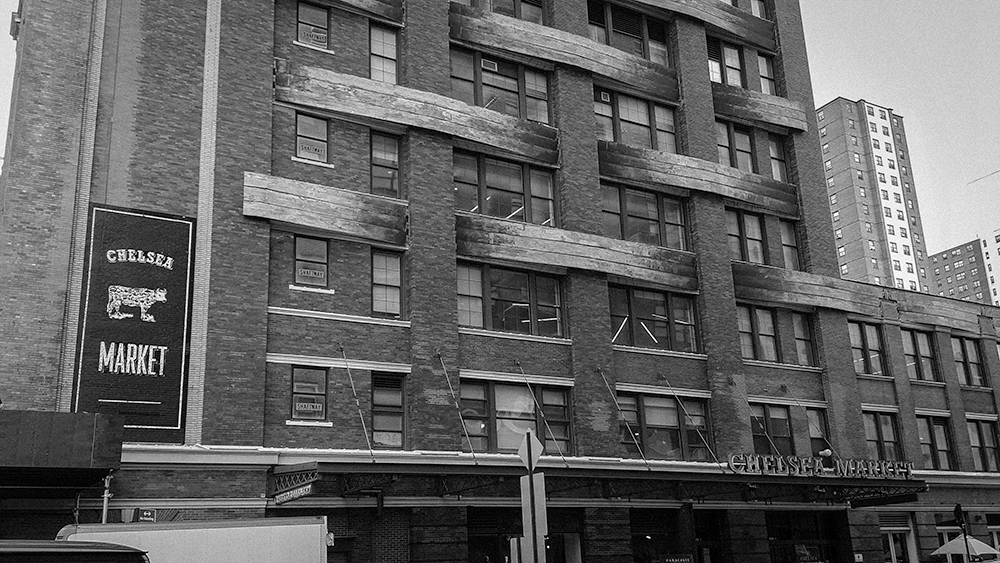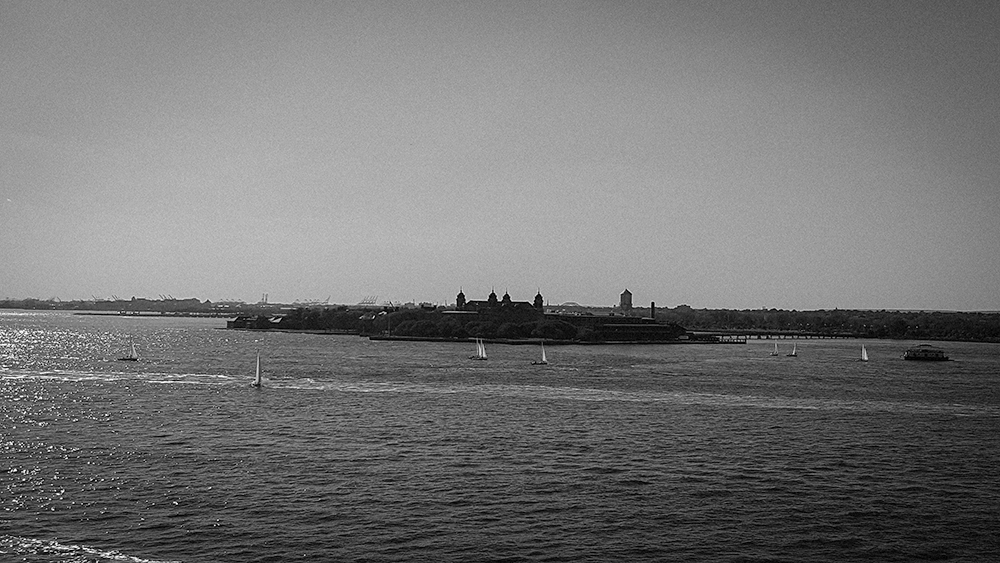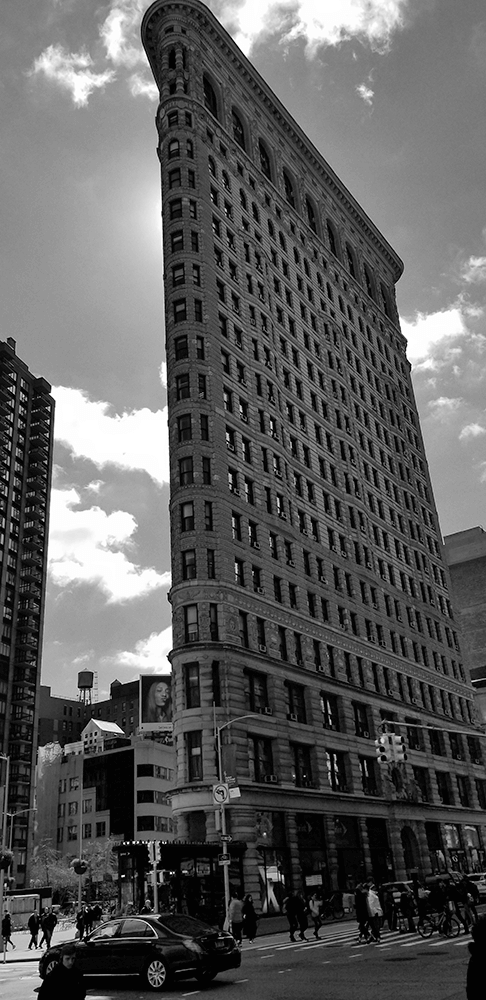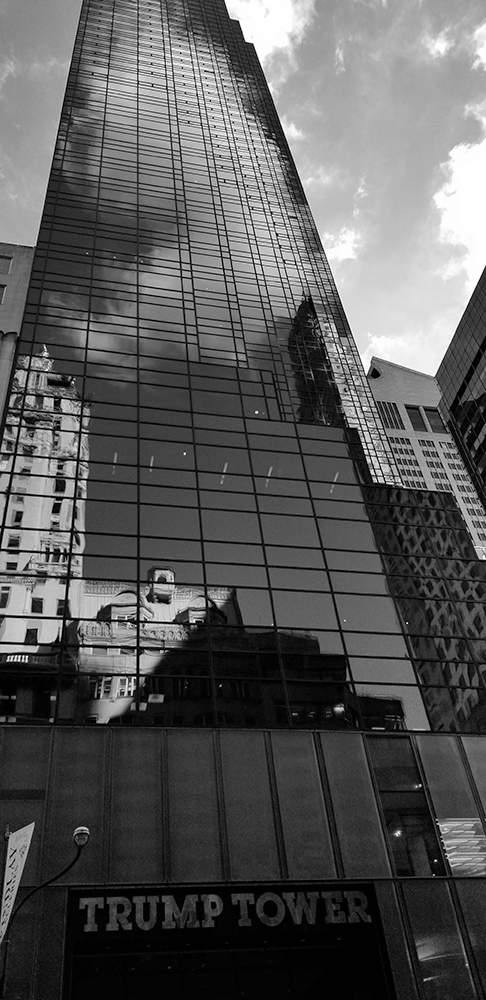Museum
Upper East Side
Mount Vernon Hotel Museum and Garden
Mount Vernon Hotel Museum and Garden: Ein Stück Geschichte in New York Mount Vernon Hotel Museum and Garden ist ein historisches Juwel in New York City, das einen faszinierenden Einblick in das Leben im 19. Jahrhundert bietet. Gelegen im Stadtteil Manhattan, ist dieses Museum in einem ehemaligen Hotel untergebracht, das ursprünglich 1799 als Sommerresidenz für wohlhabende New Yorker erbaut wurde. Es ist nicht nur ein Ort der Erholung, sondern auch ein bedeutendes kulturelles Erbe, das die Geschichte und Architektur der damaligen Zeit bewahrt. Historischer Hintergrund Ursprung: Das Gebäude wurde ursprünglich als „Mount Vernon Hotel“ errichtet und diente als beliebtes Ziel für Reisende, die der Hektik der Stadt entfliehen wollten. Es war bekannt für seine malerische Lage und die schönen Gärten, die es umgaben. Umwandlung in ein Museum: Im Jahr 1946 wurde das Hotel in ein Museum umgewandelt, um die Geschichte des Gebäudes und der Region zu bewahren. Das Museum wurde von der Colonial Dames of America gegründet und hat seitdem eine wichtige Rolle in der Erhaltung des kulturellen Erbes gespielt. Architektur und Einrichtung Architektur: Das Gebäude ist ein hervorragendes Beispiel für die Architektur des späten 18. Jahrhunderts. Es zeigt Elemente des Federal-Stils, darunter symmetrische Fenster und eine elegante Fassade. Die Innenräume sind liebevoll restauriert und bieten einen authentischen Blick auf das Leben der damaligen Zeit. Einrichtungsstil: Die Räume des Museums sind mit Möbeln und Dekor aus dem 19. Jahrhundert ausgestattet, die den Besuchern ein Gefühl für die damalige Lebensweise vermitteln. Hier finden sich Antiquitäten, Gemälde und Alltagsgegenstände, die die Geschichte lebendig werden lassen. Gärten und Außenanlagen Gärten: Die Gärten des Mount Vernon Hotel Museums sind eine Oase der Ruhe inmitten der Stadt. Sie sind nach historischen Vorbildern gestaltet und bieten eine Vielzahl von Pflanzen und Blumen, die im 19. Jahrhundert beliebt waren. Diese Gärten dienen nicht nur der Erholung, sondern auch als Raum für verschiedene Veranstaltungen und Programme. Veranstaltungen im Freien: Das Museum veranstaltet regelmäßig Gartenfeste, Workshops und Führungen, die die Besucher in die Geschichte und die Schönheit der Gärten eintauchen lassen. Bildungsangebote und Programme Bildungsprogramme: Das Mount Vernon Hotel Museum bietet eine Vielzahl von Bildungsprogrammen für Schulen, Familien und Erwachsene an. Diese Programme sind darauf ausgelegt, das Wissen über die Geschichte des Hotels, die Architektur und das tägliche Leben im 19. Jahrhundert zu fördern. Sonderveranstaltungen: Das Museum organisiert auch besondere Veranstaltungen, darunter Vorträge, Lesungen und historische Nachstellungen, die den Besuchern ein interaktives Erlebnis bieten. Das Mount Vernon Hotel Museum and Garden ist ein unverzichtbarer Teil der kulturellen Landschaft New Yorks. Es bietet nicht nur einen Rückzugsort, sondern auch eine wertvolle Gelegenheit, in die Geschichte der Stadt und die Lebensweise ihrer Bewohner im 19. Jahrhundert einzutauchen. Mit seiner Kombination aus historischer Architektur, liebevoll gestalteten Gärten und vielfältigen Bildungsangeboten ist das Museum ein Ort, der sowohl Einheimische als auch Touristen anspricht und dazu beiträgt, das reiche Erbe New Yorks zu bewahren. Ein Besuch im Mount Vernon Hotel Museum ist eine Reise in die Vergangenheit, die sowohl lehrreich als auch inspirierend ist.
1 2 NYCGO 3 4




